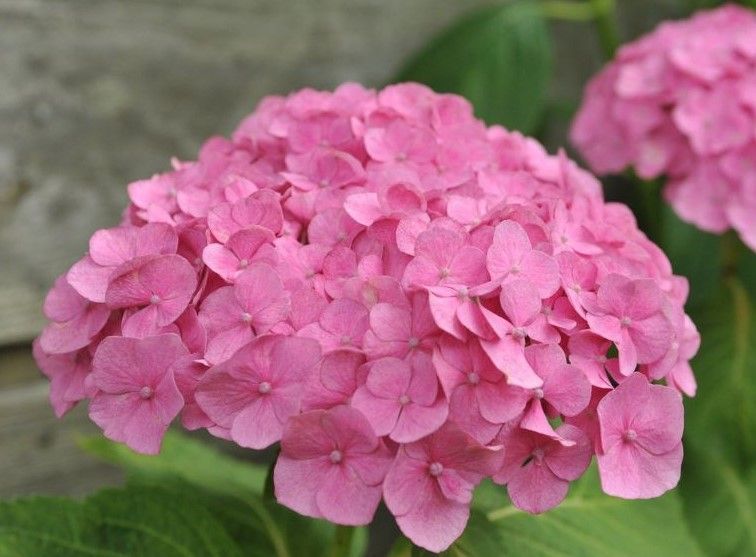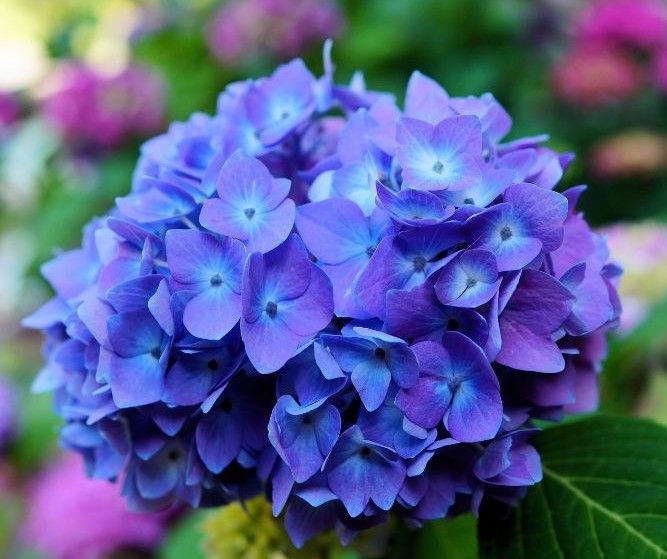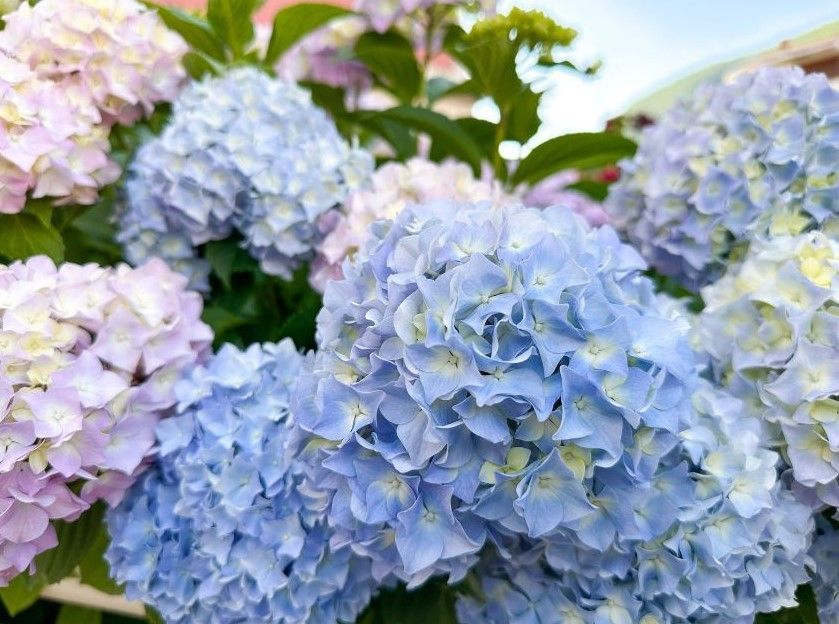How To: Change the Color of your Hydrangeas
Hint: It's all in the soil.
Hydrangeas are a highly sought-after bush, prized for their elegant blooms and stunning contrast of color. Gardeners have been growing them for ages thanks to their long-lasting blooms and versatility. These plants can thrive in almost any soil type, making them a great addition to any garden or landscape. The information contained in this post only applies to certain hydrangeas like the Bigleaf, Lacecap, and Mophead. Most hydrangeas are set in their color and cannot be changed by amending the soil. Make sure before you try that you have the right type of hydrangea for this process.
Changing Colors
Your first step to changing the color of your hydrangea blooms is to test the pH of your soil. You can find these at your local garden center, or by contacting your local cooperative extension, such as Penn State.
Once you ascertain the pH of your soil, it's time to decide what color blooms you want to achieve. You will need to amend the soil regularly based on the “base” or original pH of your soil and the color you want to achieve. The process is not instantaneous and can take weeks, if not months, to change colors.
Remember: it is easier to change from blue to pink than it is to change from pink to blue.



If you want blue hydrangeas….
You’ll want to amend your soil with aluminum sulfate, compost, peat moss, or a water-soluble fertilizer. Less is more when using harsh chemicals on your hydrangeas. To achieve a clear blue hue, the pH of the soil surrounding your plant should be 6.0 or lower.
For the safest and most effective application of aluminum sulfate, all you need is one tablespoon of per gallon of water. You’ll only want to apply this solution twice a year to avoid chemically burning your plant. To avoid burns, make sure the soil around your plant is moist before application. If the soil is too dry, add water at the base of the hydrangea, not on the leaves.
Another way to lower the pH level of your soil is by adding organic matter to it. Compost or peat moss will work. These amendments work slowly, but they offer greater benefits for your soil and the microorganisms within it, and they won’t burn your plants.
You can also apply a water-soluble fertilizer. Traditional fertilizer is broken into N-P-K: nitrogen, phosphorus, and potassium. For blue flowers, you want the third number (K) to be a bit higher. Potassium helps the hydrangea absorb more aluminum which will help turn the flower blue.
If you want pink hydrangeas…
You’ll want to add garden lime or a fertilizer high in phosphorus to the soil. For pink blooms, the pH level should be 7.0 or higher, or alkaline. You can purchase either of these amendments at your local garden center.
Apply the powder form of lime to the base of the hydrangea in April and again in October. Lime raises the alkalinity of the soil and reduces the hydrangea’s ability to absorb aluminum, which enhances the red and pink blooms.
If you choose to use a chemical fertilizer, be mindful of how much you apply to the plant and when. Too much too often could reduce the size and quantity of your blooms. Chemical fertilizers like this should only be used twice per year, once in spring and once in fall.
If you want purple hydrangeas…
You will use both methods listed above to balance the soil pH between 6.0 and 6.9. This is the easiest of the three color changes, and you will likely achieve purple when changing between blue and pink anyway.
If you want to change from pink to purple, you’ll want to apply amendments as if you were going for blue (aluminum sulfate, fertilizer with a high K ratio).
If you want to change from blue to purple, follow the same steps you would use to get pink (garden lime, fertilizer with a high P ratio)
Final Thoughts
Changing the colors of your hydrangeas can be a rewarding process. You can achieve clear blues, lovely purples, pastel pinks, and savory reds. Keep in mind that fertilizers or additives will not necessarily make your flowers brighter or richer in color. The blues and pinks will most likely be pastel. Don’t be tempted to add more additives for you could risk damaging the soil and burning your plants.
The most important thing to remember is to have fun!

Check out the latest:









